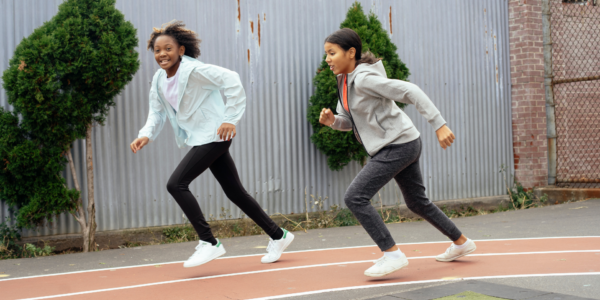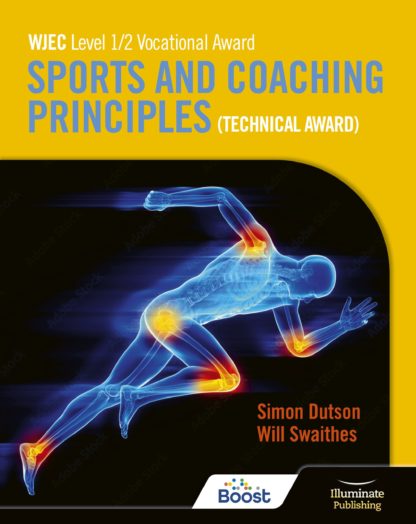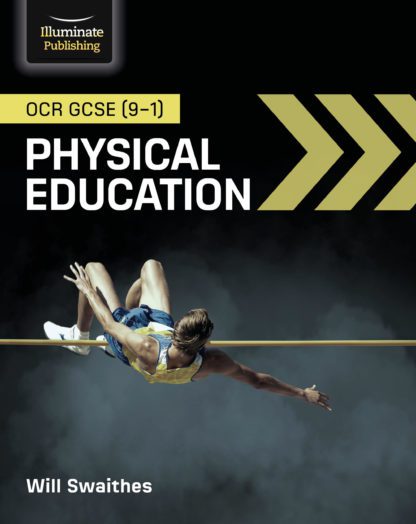
So, what’s new?
This cross-department (Department for Education, Department of Health & Social Care, and Department for Digital, Culture, Media & Sport) announcement has two key expectations that need to be considered by school and subject leaders for PE:
- Schools should deliver a minimum of 2 hours of curriculum PE to all students in all year groups
- Schools should provide equal access to sports in school for boys and girls (i.e. not a gendered curriculum). This will ensure, that all students will get the opportunity to experience ALL sports, regardless of their gender or the sport in question.
These factors alone should help reverse the marginalisation of physical education that has been seen (and criticised) in many schools since 2012 as a result of an increased focus on accountability measures in English and Maths (amongst other things).
What else do I need to know?
In addition, there are also a number of other details to be aware of:
Primary PE & Sport Funding confirmed
The continuation of the Primary PE & Sport Premium funding is guaranteed until July 2025, alongside a new digital reporting tool that will help ensure all young people get the very best start to their physical literacy journey. This should provide lots of opportunities for students to enjoy being active and create the healthy habits that could last a lifetime. It is therefore unsurprising that there will be an increased expectation for primary colleagues to access professional development to improve their ability to deliver high-quality PE.
Continuation of School Games Organisers (SGOs) positions
The national network of over 450 SGOs have also been granted at least a 2-year continuation of service. This should ensure every young person has the opportunity to compete in appropriate, inclusive and varied opportunities locally as part of the School Games. Like the PE & Sport Premium funding, this network has been funded for well over a decade, but this is the first time commitment has been made for more than a year. This will make a real difference as it means longer-term strategic plans can now be made. The ambition is not to simply provide more competitive opportunities for the same 10% of young people who already compete, but instead to enable every young person to participate.
Up to £57 million to open school facilities for use outside of school hours
Sport England is also driving a campaign and support programme to encourage schools to open up their sporting facilities to extend the school day and provide valuable opportunities for the community. This money will be particularly spent on girls, disadvantaged groups, and young people with special educational needs (SEND).
Opportunities… but also challenges?
All of the above is great news for young people and the hope is for a less ‘traditional’ and gendered curriculum offer that caters for everyone. However, this good news comes with challenges that school leaders will need to consider carefully:
1. Time
For schools who have marginalised time for PE over the past few years, they will need to take that time back from somewhere. I, for one, hope that time doesn’t come at the cost of the arts subjects that have also suffered from reduced timetables in recent years despite being equally deserving of quality time on the curriculum.
2. Staffing
Schools may need to look at recruiting additional staff into PE to cover the additional teaching hours. I would suggest that schools need to advertise these roles early on this as it is a likely to be a challenge to get heads in on time.
3. Professional Development
There will inevitably be gaps in teacher confidence and competence at both primary and secondary schools to deliver effective PE. This may include some staff needing to upskill in sports and activities they have not previously taught. Staff may also need to learn about ways they may need to adapt activities to different genders to better prevent against injuries.
4. Facilities
There is a great opportunity to develop facilities further if they are opened up for community use as well as school. For me, one of the most pressing issues here is how changing facilities might be modified to support the LGBTQ+ community in particular.
Drawing conclusions
Overall, the announcements are clearly a positive, and it is great to see a financial commitment beyond the usual rolling year contracts. However, unfortunately these guidelines are not statutory so it remains to be seen if real change is seen in schools around the two-hour minimum offer, and equal access to all sports and activities both in and beyond the curriculum. I highly recommend incorporating student voices to help steer any decision making, perhaps using this free to access Microsoft form to help you.
Will Swaithes is Education Director at PE Scholar and Senior Lecturer in Physical Education at Birmingham City University. He has also authored many books including:
Will can be reached on Twitter @WillSwaithes


